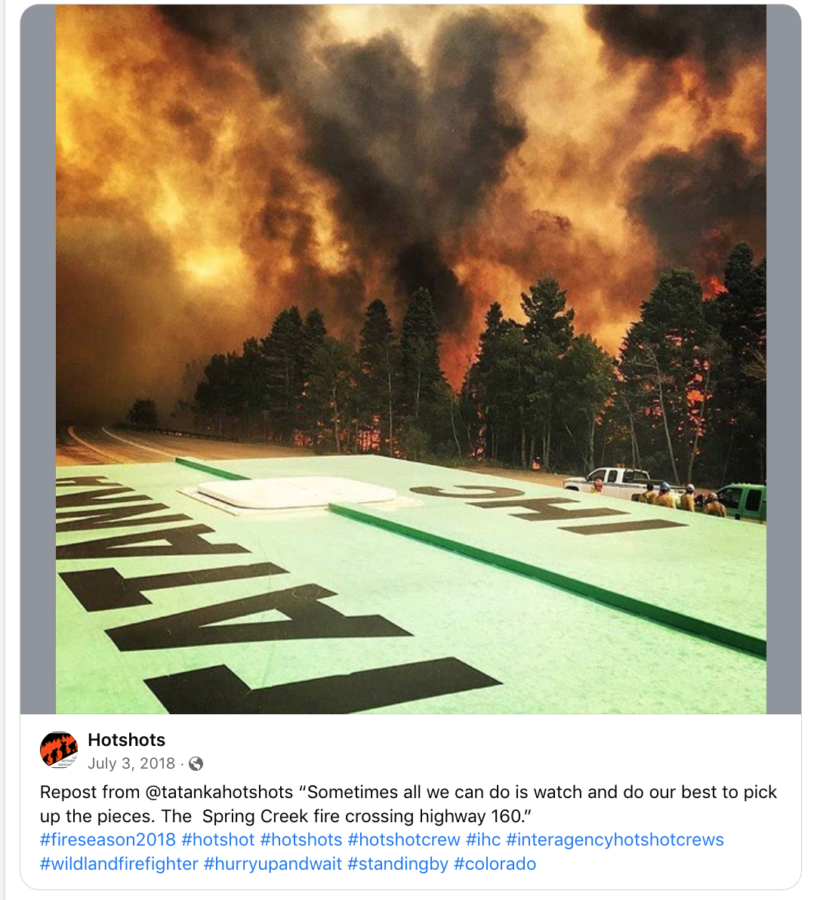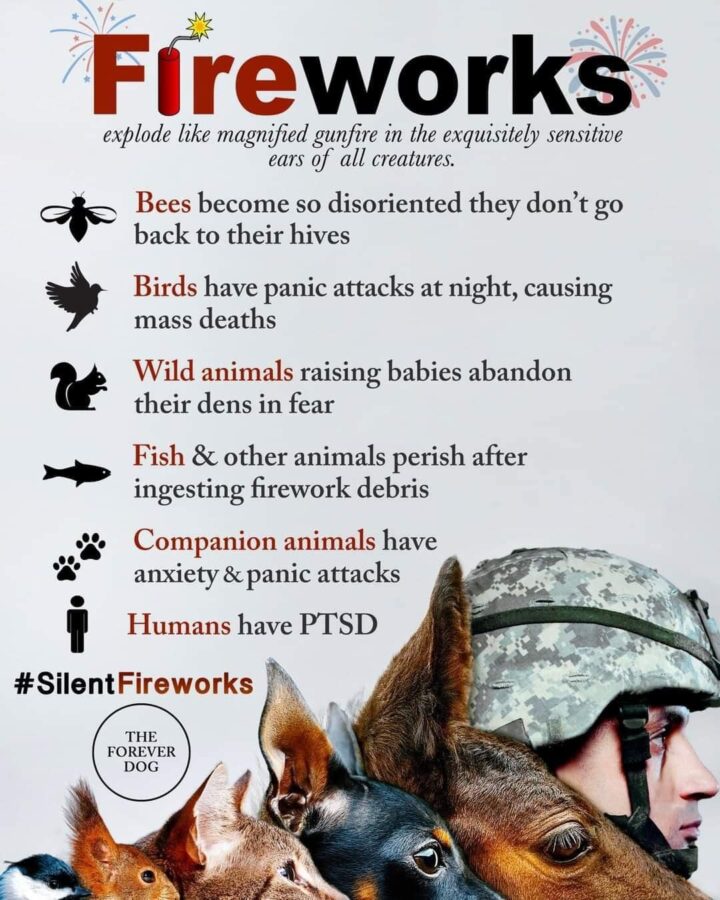Recent facebook post by Murry, re-posted with permission and slightly edited; he spent 26 years as a smokejumper followed by 22 seasons on a Cal Fire lookout, and he theorizes that much of the public land in the West has burned because we’re under-utilizing smokejumpers.
Guest post by MURRY TAYLOR
Since 2020 smokejumpers have averaged only 4.5 fire jumps each season. That’s a terrible under-utilization of an important firefighting resource. In the past we easily jumped twice that many, and some years four times as many. I’ve seen it many times while on the Duzel Rock lookout southeast of Happy Camp, California — fires were not staffed for a day or two and then went big and cost tens or even hundreds of millions while the jumpers sat unused.
There seems to be a lack of understanding among fire managers in the Forest Service about the capability of these jumpers. Dispatchers have said they didn’t put jumpers on a fire because the “trees were too tall,” or the “winds were too strong.” Clearly they didn’t understand that jumpers carry 150-foot let-down ropes, and they have a spotter in the plane throwing streamers, so they know EXACTLY what the wind is like over the fire.
The good news is that things seem to be changing for the better. Allowing jumpers to get back to 10-plus fire jumps per season would save big money and lots of acres. For those who think we need to get more fire back on the land, all I can say is, Don’t worry, there’s going to be plenty of that given the way fires burn now. The policy of putting ALL these early season fires out while small would be a big help. That way, when August — the toughest part of fire season — arrives, the handcrews wouldn’t be exhausted and scattered all over hell, and the skies wouldn’t be filled with smoke so that Air Ops are critically limited.
Jumpers and hotshots tell me that Yes, sometimes the fuels and new fire weather are factors in making fires harder to catch. But MOSTLY, they say, there’s always something that can be done to catch these fires if they are hit while small.
The Rogue River–Siskiyou National Forest in southern Oregon has taken a more aggressive approach to putting fires out when small. In the last three seasons they’ve had 192 fires and burned only 50 acres. This was achieved by pre-positioning jumpers during lightning storms, better utilization of rappellers, and contract fire resources.
I wrote a post on this topic a couple years ago. Over and over, while on the Duzel Rock lookout, I’ve heard that certain fires weren’t attacked early because the country was “too steep and too rough.”




 In 2018 on this date, Bill wrote that the National MAC Group had just moved the national fire level up to PL4 “due to increased significant wildland fire activity from central TX to WA state, the commitment of IMTs, and the potential for new wildland fires across multiple GACCs.”
In 2018 on this date, Bill wrote that the National MAC Group had just moved the national fire level up to PL4 “due to increased significant wildland fire activity from central TX to WA state, the commitment of IMTs, and the potential for new wildland fires across multiple GACCs.”



